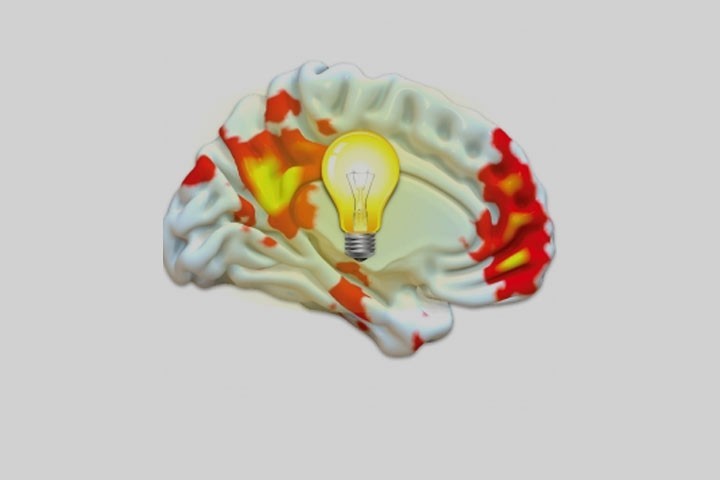
M. Thiebaut de Schotten in Communications Biology
An improved neuroanatomical model of the default-mode network reconciles previous neuroimaging and neuropathological findings Alves PA, Foulon C, Karolis V, Bzdok D, Margulies DS, Volle E & Thiebaut de Schotten M Nature Communications Biology 2019. DOI : 10.1038/s42003-019-0611-3
The brain is constituted of multiple networks of functionally correlated brain areas, out of which the default-mode network (DMN) is the largest. Most existing research into the DMN has taken a corticocentric approach. Despite its resemblance with the unitary model of the limbic system, the contribution of subcortical structures to the DMN may be underappreciated. Here, we propose a more comprehensive neuroanatomical model of the DMN including subcortical structures such as the basal forebrain, cholinergic nuclei, anterior and mediodorsal thalamic nuclei. Additionally, tractography of diffusion-weighted imaging was employed to explore the structural connectivity, which revealed that the thalamus and basal forebrain are of central importance for the functioning of the DMN. The contribution of these neurochemically diverse brain nuclei reconciles previous neuroimaging with neuropathological findings in diseased brains and offers the potential for identifying a conserved homologue of the DMN in other mammalian species.
Comment in french on the CNRS website
Last update 21/10/19
